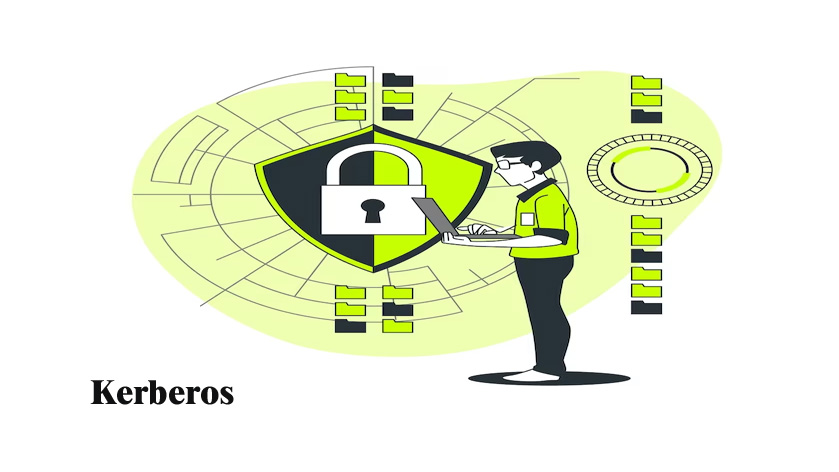Kerberos is a network security protocol that will authenticate service requests between more than trusted hosts across an untrusted network, for example, the Internet. Moreover, it uses the secret key, a trusted third party, and cryptography to authenticate client-server applications and verify users’ identities.
It is found everywhere in the digital world and employed on secure systems that depend on reliable authentication and auditing features. Kerberos is used in Active Directory and NFS. If you are looking for alternatives, you can use SMPT or SSH.
The three components of Kerberos are:
- Client
- Key Distribution Centre
- Network Resource
The Kerberos will enable trusted hosts with these three components over trusted networks. It will also ensure that only authorized users will access the network resources. Moreover, it also provides AAA security that is Authentication, Authorisation, and Accounting.
Massachusetts Institute of Technology developed this project to securely authenticate themselves to their required systems. But later, it also authorized users too. The shocking thing about this development is it happened when most systems transferred unencrypted passwords.
Benefits of Kerberos
- Kerberos will help users and service systems to authenticate with each other.
- Each Kerberos ticket will have a lifetime data and authentication duration that the administrator controls.
- It gives the user a single point to keep track of security policy enforcement and their logins.
- The security authentication protocols will employ multiple secret keys and 3rd party authorization to create a strong and secure defense. These secret keys are encrypted, and passwords are not sent over the networks.
Uses
It will provide a secure mechanism for verifying the identity of network services. This includes applications and servers. The client can request a service ticket from the key distribution center with the help of TGT. Then, the service ticket is used to authenticate and develop a secure session with the requested service.
However, it will be used to enforce access control policies. Once a client is authenticated, the ticket will include information about the client’s identity and access permissions. Servers can use this data to enforce authorization rules and allow or deny access to particular resources based on the client’s privileges.

